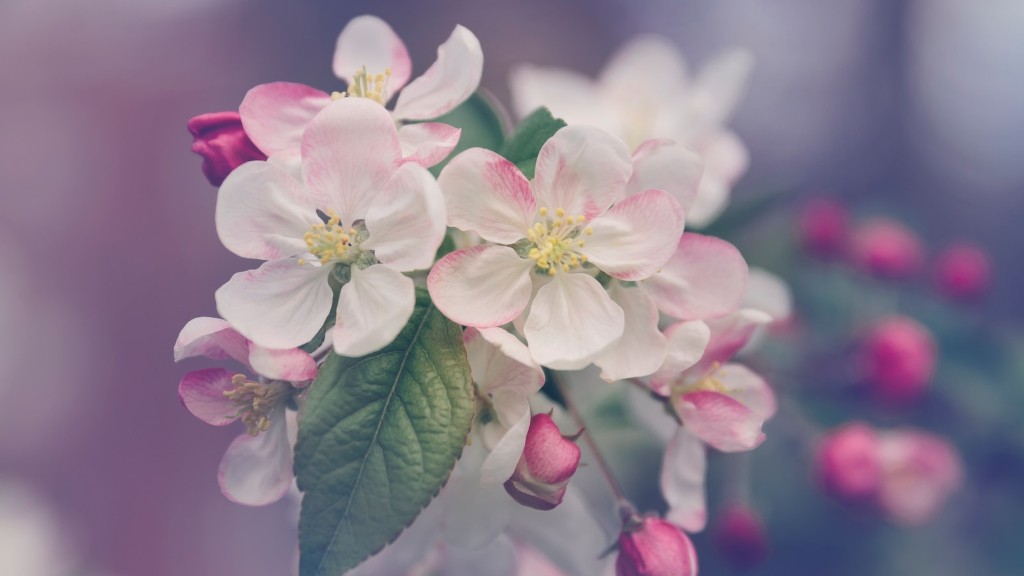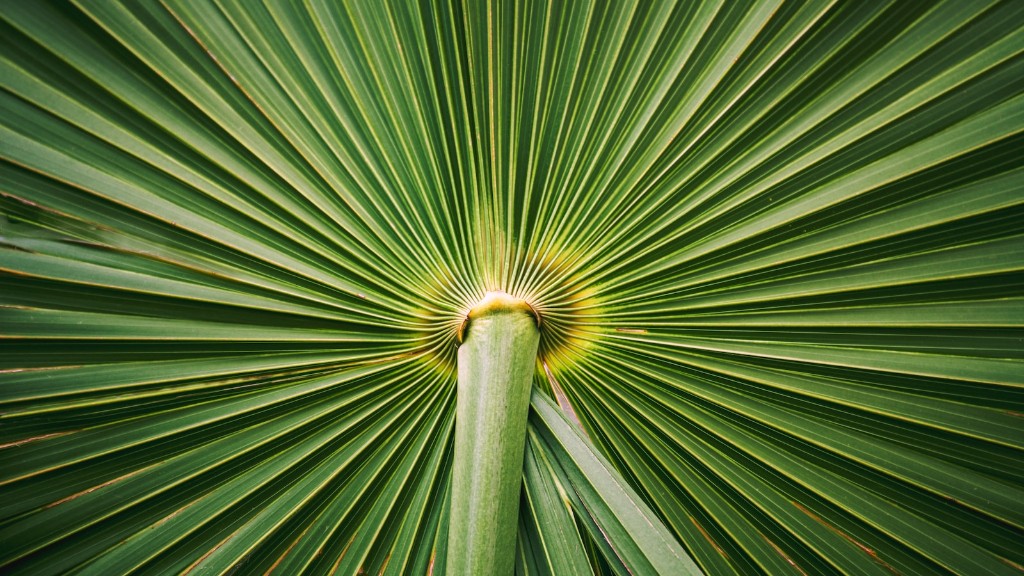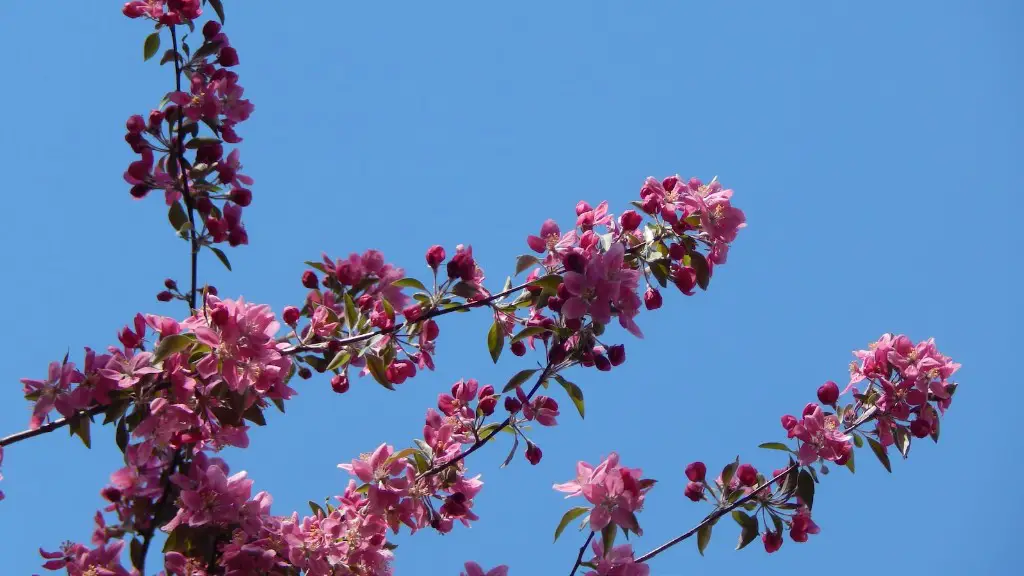Palm Tree Seedling Growth Requirements
A palm tree seedling is the small version of a full grown palm tree. It is a baby version of the mature version, and as it grows, it requires much in terms of care and attention in order to reach maturity. It is essential to give the young palms the right environment, adequate light and water, to help them reach their full potential.
Light is the most important ingredient for a palm tree seedling’s growth and development. The amount of light needed depends on the specific palm tree species. For seedlings, it is recommended to give them four to eight hours of direct light during the day. During winter, this period should be reduced to two or three hours a day.
Water is the second most important factor for a palm tree to thrive in. During the growing season, it is important to give the tree plenty of water. Watering should only be done when the soil is dry in order to avoid waterlogged soils that can cause root rot. During winter, the tree will need much less water.
Temperature is another element that impacts a palm tree’s growth. As an outdoor plant, a palm tree seedling needs to be in an environment with temperatures between 15-30 degrees Celsius. Placing the tree in an area with temperatures that are too high can cause the palm tree to overheat, while lower temperatures can cause the leaves to turn yellow and eventually die off.
It is also crucial to take into account the amount of fertilizer needed for a palm tree seedling. Fertilizers should only be applied once every two or three months. During Spring and Summer, the fertilizer should be nitrogen-rich, while during the Fall and Winter, the fertilizer should include more potassium and phosphorus.
Common Problems
The most common issue for most palm tree seedlings is pests and diseases. During the growing season, it is important to visually inspect the leaves on a regular basis for any kind of infestation. Common problems include mealy bugs, aphids and scale which can all damage the leaves, stunt the tree’s growth or even kill it.
Poor soil quality can also be a major issue for a palm tree. Sand, loam and peat are the best types of soils to grow a palm tree, as they provide adequate drainage and plenty of nutrients. Clay soils and soils with a large percentage of organic matter can be beneficial, but it is important to add some extra nutrients on a regular basis.
Finally, excess fertilization, overwatering and poor root care can all contribute to a palm tree’s stunted growth or even death. It is essential to take into account the amount of water, light and fertilizer needed and adjust the tree’s needs to the current season and environment.
How to Take Care of a Palm Tree Seedling
Taking care of a palm tree seedling requires a certain amount of dedication and care. Firstly, the seedling should be placed in a well-lit area, directly exposed to a natural light source during the day. Secondly, the soil should be frequently checked for dryness, and watered when needed. Thirdly, the palm tree should be given fertilizer every two or three months, following the specific requirements for nitrogen, phosphorus or potassium depending on the season.
Furthermore, the leaves of the tree should be inspected for pests or diseases. Any pest infestations should be dealt with promptly, as they can cause major damage to the young palm tree. Lastly, it is important to prune the palm tree if necessary in order to ensure proper growth and shape.
Types of Palm Tree Seedlings
As there are thousands of different species of palm trees around the world, there can be various types of palm tree seedlings. Depending on the specific species of palm tree, a seedling could look different than another one. For example, coconut palm tree seedlings feature a tuft of green leaves in the shape of a fan, while oil palm seedlings have an orange-brown seed usually surrounded by a hairy husk.
Additionally, the height of a seedling will range from species to species. For example, date palm seedlings are usually 25-75 cm tall, while the Areca Palm Tree seedling grows to around 1.2 metres at maturity.
Benefits of Planting a Palm Tree Seedling
The benefits of planting and taking care of a palm tree seedling are numerous. Ultimately, it means creating a beautiful and lush environment that can be enjoyed and admired. Palm trees bring a unique elegance and natural feel to a place and can be used both as a decoration or even to provide food, depending on the species.
Furthermore, they add a sense of life to a place, providing a place to rest, to relax, to disconnect from the hustle and bustle of modern life. They can also serve as a natural cooling system, as palm trees can help reduce air temperatures by up to 10 degrees.
Importance of Sustainability
Ultimately, it is essential to remember that a palm tree seedling needs to be taken care of in order to grow and develop into a healthy palm tree. In order to ensure the preservation of the environment, it is important to only source palm tree seedlings from sustainable nurseries and to follow the necessary guidelines when taking care of a seedling.
Ultimately, we have a responsibility to protect and preserve the natural environment, and the best way to do so is to learn more about the different types of palm trees and to make sure to always purchase seedlings from sustainable sources. This way, we ensure that the future generations will be able to enjoy the benefits of these magnificent trees for years to come.
Unique Characteristics
Palm trees boast a wide array of fascinating characteristics that make them stand out from other trees. Apart from their iconic appearance and lush foliage, many species produce fruits and nuts. Coconuts, for example, are the world’s most widely produced and popular palm tree fruit, with a massive demand from countries around the globe.
Additionally, palm trees are known for their resilience, as some species can live for up to a thousand years. The interesting fact is that all palm trees share the same common ancestor, which makes them all part of the same family.
Propagation
Propagation is the process of planting and growing new palm trees from established ones. It is a fascinating process that involves sowing and rooting seeds of previously established palm trees. By propagating this way, the new palm tree will share the DNA of the previous one, making it is a carbon copy.
Propagation of palm trees is a common practice amongst gardeners and homeowners who want to grow new trees from seeds or from cuttings from existing trees. This practice is used by expert gardeners and arborists in order to create lush, lush environments of a certain kind of palm tree.
Landscape Usage
Palm trees are one of the most popular plants for landscaping. Their elegant appearance, resilient nature and overall iconic look make them a perfect addition to any yard or garden. Gardeners can create stunning and tropical scenes with a variety of palm trees. Additionally, planting multiple palm trees next to each other will help maintain their shape and size as they grow.
Furthermore, palms can also be used to create lush looking privacy screens that provide protection from both prying eyes as well as harsh winds. Their extremely resistant nature and low maintenance requirements makes them a great option to create beautiful looking hedge rows that are incredibly easy to take care of.





